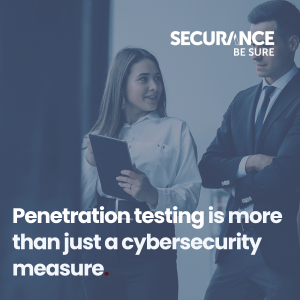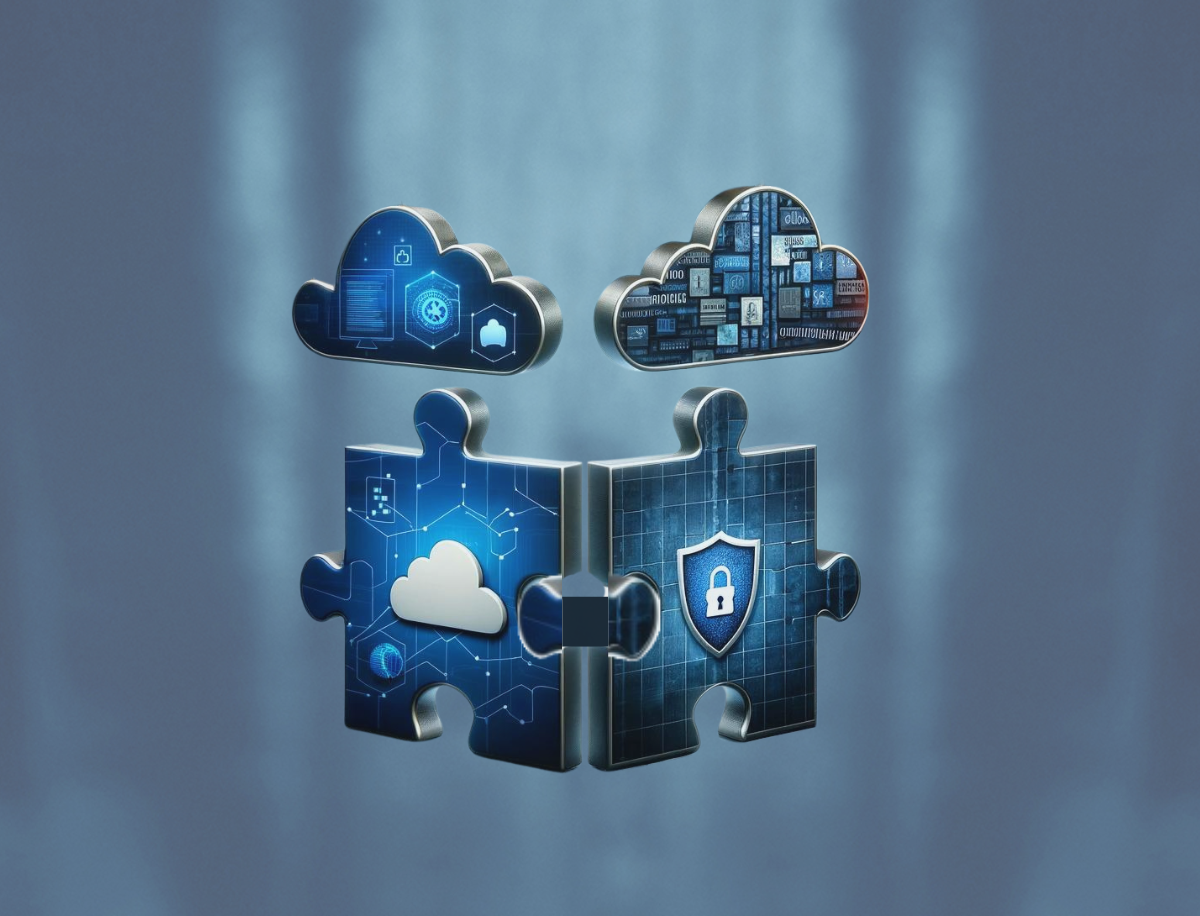Building a cyber resilient culture: The rol of Assurance and Advisory Services
In today’s high-stakes business environment, creating a robust cyber resilient culture is less about installing advanced firewalls and more about strategic foresight. For today’s business leaders, the challenge lies not just in responding to threats but in proactively embedding resilience into the organizational fabric. Assurance and advisory services are not just support mechanisms—they are strategic tools that transform cybersecurity from a necessary backend operation into a front-line business advantage. This blog post examines how these services integrate cyber resilience into business strategy, transforming potential vulnerabilities into competitive strengths.
The strategic imperative of cyber resilience
As the digital threat landscape expands, the nature and frequency of these threats evolve. Cyber resilience is becoming a critical element of strategic planning, ensuring that your organization can anticipate, respond to, and recover from cyber incidents. This capability is essential not only for maintaining operational continuity but also for protecting stakeholder interests and building trust in the market.
How Assurance and Advisory Services enhance a cyber resilient culture
Aligning Cybersecurity with business goals
Assurance services evaluate and refine your cybersecurity measures to ensure they align with your business objectives. This strategic alignment transforms cybersecurity from a cost center into a source of strategic value, embedding risk management into the fabric of your business development.
Developing a robust Governance Framework
Effective cybersecurity governance integrates risk management with everyday business processes. Advisory services are instrumental in creating frameworks that make cybersecurity a component of organizational governance, ensuring decisions at all levels safeguard your security posture without stifling innovation.
Ensuring compliance and adopting best practices
Navigating the maze of compliance and best practices is a formidable challenge. Assurance services not only help your organization comply with these regulations but also encourage the adoption of best practices that can set you ahead of industry standards. This proactive stance mitigates risks while enhancing operational efficiency and building trust with clients and regulators.

The challenge lies not just in responding to threats but in proactively embedding resilience into the organizational fabric.
Educating and empowering your workforce
Advisory services also focus on training staff across all levels of your organization to understand and manage cybersecurity risks effectively. This approach cultivates a shared sense of responsibility, turning every employee into a proactive participant in your cybersecurity framework.
Refining incident response and recovery
The true test of resilience is in responding to and recovering from cyber incidents. Advisory services help develop swift and effective strategies for incident management, minimizing downtime and potential damage, and leveraging these experiences to strengthen future defenses.
The business benefits of a cyber resilient culture
Incorporating assurance and advisory services into your cybersecurity strategy enhances your organizational security by:
✓ Promoting proactive Risk Management: Shifting focus from reactive security fixes to proactive risk identification and management.
✓ Creating a unified security vision: Ensuring consistency in security strategies across all business units and levels of your organization.
✓ Building stakeholder confidence: Demonstrating commitment to comprehensive security standards which strengthens stakeholder trust.
✓ Encouraging continual improvement: Fostering a culture of continuous evaluation and adjustment, which is vital for keeping pace with evolving cyber threats.
Conclusion
For today’s business leaders, cultivating a cyber resilient culture is essential. Assurance and advisory services are key to this process, providing the necessary expertise and oversight to weave cybersecurity into your corporate strategy effectively. These services don’t just protect—they enable your business to thrive in a digitally-driven marketplace, positioning your organization as a proactive, resilient market leader.







